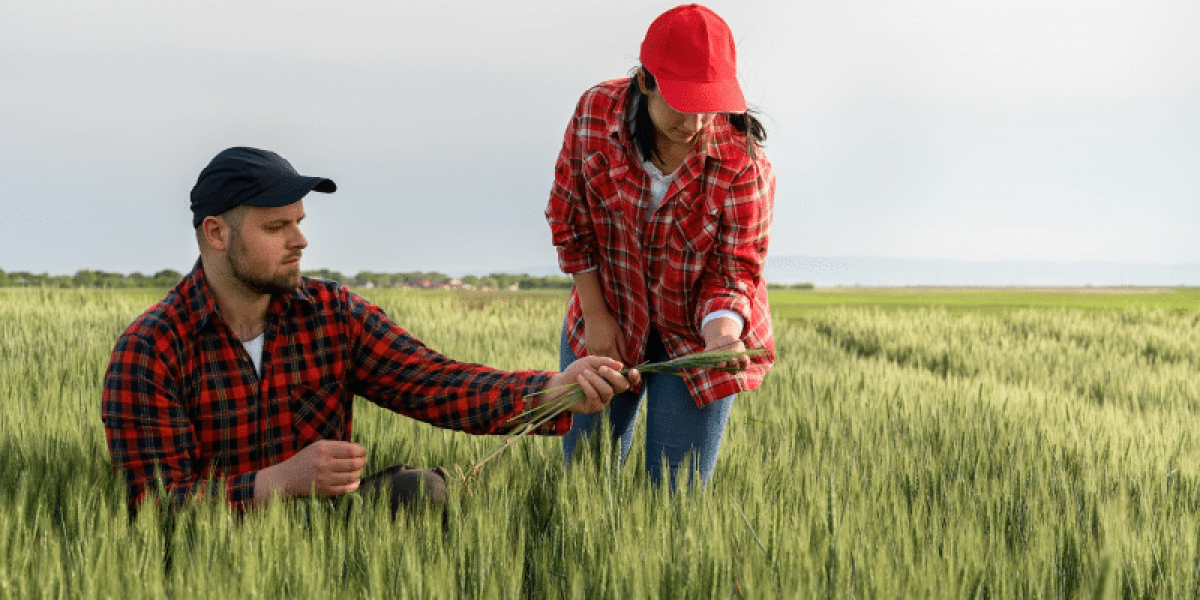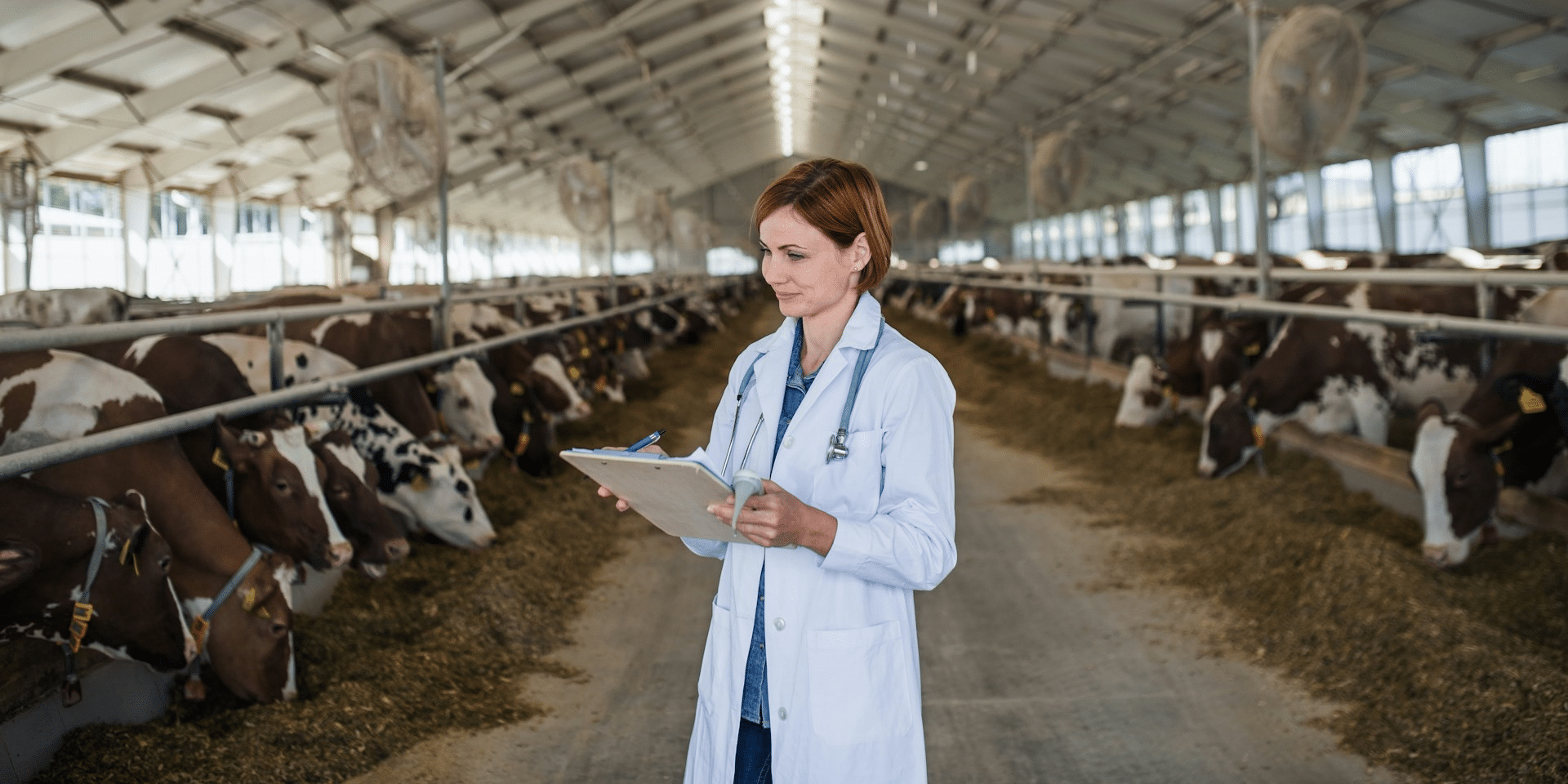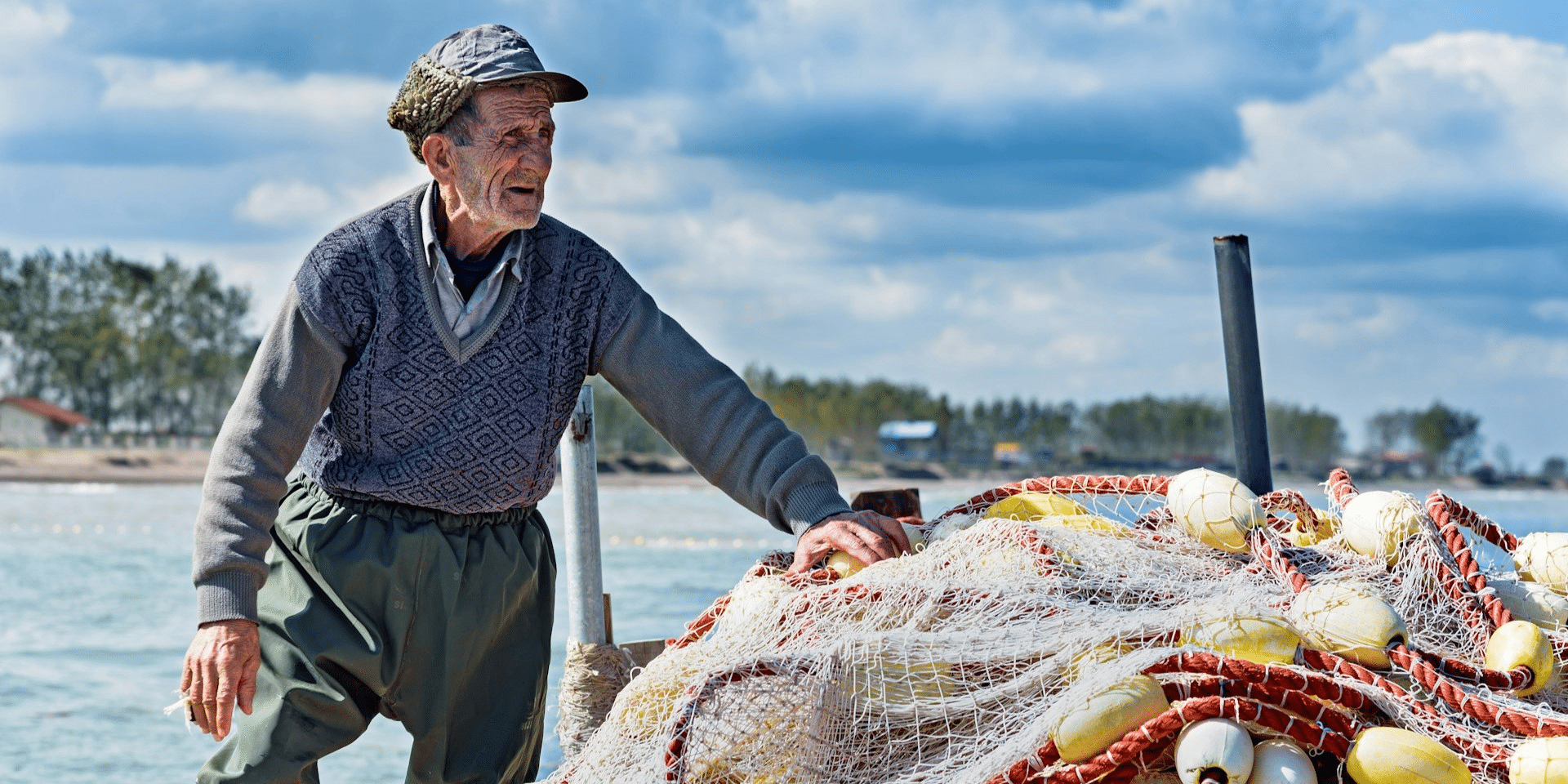Agriculture plays a vital role in the economy and culture of the Southern United States. With its fertile soils, favorable climate, and rich agricultural traditions, the region is known for producing a wide variety of crops, livestock, and agricultural products. From cotton fields and tobacco farms to cattle ranches and peach orchards, the Southern states boast a diverse and vibrant agricultural landscape that contributes to both local communities and the national food supply. In this article, we’ll take a closer look at agriculture in Southern states, highlighting key crops, farming practices, challenges, and opportunities in the region.
Diverse Crop Production
One of the defining features of agriculture in Southern states is the diverse range of crops grown across the region. From the rice fields of Arkansas and the citrus groves of Florida to the soybean fields of Mississippi and the peanut farms of Georgia, Southern farmers produce a wide variety of crops that thrive in the region’s warm, humid climate and fertile soils. Cotton, once known as “King Cotton,” remains an important cash crop in states like Texas, Alabama, and Louisiana, while tobacco continues to be grown in North Carolina, Kentucky, and Virginia.
Moreover, the Southern states are also major producers of fruits and vegetables, including peaches, strawberries, watermelons, tomatoes, and sweet potatoes. Many farmers in the region practice sustainable and organic farming methods, prioritizing soil health, water conservation, and environmental stewardship. Additionally, the Southern states are home to thriving wine and vineyard industries, with wineries located in states like Texas, North Carolina, and Virginia producing award-winning wines from locally grown grapes.
Livestock and Poultry Production
In addition to crop production, livestock and poultry farming are integral components of agriculture in Southern states. Cattle ranching is a major industry in states like Texas, Oklahoma, and Missouri, where vast pastures provide ample grazing land for beef cattle. The region is also a leading producer of poultry products, with Georgia, Arkansas, and Alabama ranking among the top states for chicken and turkey production.
Furthermore, Southern farmers raise other livestock such as pigs, goats, and sheep, as well as specialty animals like alpacas and llamas. Many farms in the region practice sustainable and humane animal husbandry practices, providing animals with access to pasture, clean water, and nutritious feed. Additionally, the Southern states are known for their horse farms and equestrian facilities, with Kentucky’s Bluegrass region earning a reputation as the “Horse Capital of the World” for its thoroughbred breeding and racing industry.
Challenges Facing Southern Farmers
While agriculture in Southern states offers many opportunities, it also presents several challenges for farmers and agricultural communities. One of the biggest challenges is weather variability, including hurricanes, droughts, floods, and extreme temperatures, which can damage crops, disrupt harvests, and threaten livestock. Climate change is exacerbating these challenges, leading to more frequent and severe weather events that pose risks to agricultural production and livelihoods.
Moreover, Southern farmers face economic pressures such as fluctuating commodity prices, rising input costs, and competition from larger corporate farms. Access to land, credit, and markets can also be barriers for small and minority-owned farms in the region. Additionally, issues such as soil erosion, water pollution, and loss of biodiversity pose environmental challenges that require sustainable and conservation-minded farming practices to address.
Opportunities for Innovation and Growth
Despite these challenges, agriculture in Southern states presents opportunities for innovation, growth, and resilience. Many farmers are adopting new technologies and practices, such as precision agriculture, drones, and biotechnology, to increase efficiency, productivity, and sustainability on the farm. By embracing innovation and adopting best practices, Southern farmers can reduce costs, minimize environmental impact, and improve their competitiveness in the global marketplace.
Furthermore, there is growing consumer demand for locally grown, organic, and sustainably produced food, providing opportunities for Southern farmers to diversify their operations and tap into new markets. Direct-to-consumer sales channels such as farmers’ markets, community-supported agriculture (CSA) programs, and farm-to-table restaurants offer avenues for farmers to connect with consumers and build relationships with their local communities. Additionally, government programs and incentives, such as grants, loans, and technical assistance, are available to support farmers in adopting sustainable practices, expanding their operations, and accessing new markets.
Agriculture Continues to Thrive
Agriculture in Southern states is a dynamic and multifaceted industry that contributes to the region’s economy, culture, and identity. From crop production and livestock farming to agribusiness and agritourism, the Southern states offer a diverse array of opportunities for farmers, ranchers, and agricultural entrepreneurs. While challenges such as weather variability, economic pressures, and environmental concerns exist, Southern farmers are resilient and resourceful, adapting to change and embracing innovation to sustainably manage their land and livelihoods. By working together, sharing knowledge, and supporting one another, the agricultural community in Southern states can continue to thrive and prosper for generations to come.






